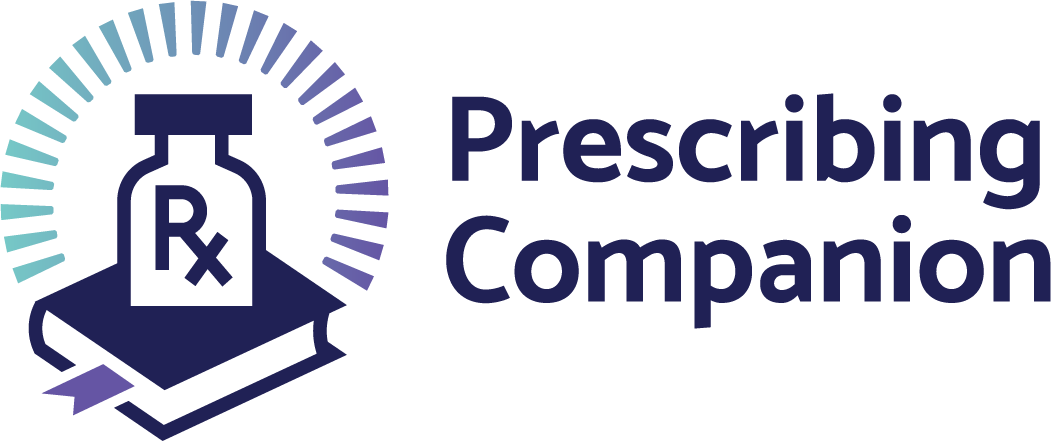Description
This is inflammation of the meningeal covering of the brain or spinal cord. Common causes include
Streptococcus pneumoniae, Group B Streptococcus, E. coli, H. influenzae type b, Neisseria meningitides
Signs and Symptoms
• Headache
• Neck stiffness/ache (common)
• Photophobia • Fever
• Vomiting
• Seizures
• Confusion, Drowsiness, Loss of consciousness
• Vascular collapse characterized low blood pressure (hypotension) and (Waterhouse - Friderichsen
syndrome)
• Petechae skin rash
• Positive Kernig or Brudzinski’s sign
• Cranial nerve palsies (facial nerve, oculomotor nerve palsies and occasional deafness)
Investigations
• Cerebral Spinal Fluid analysis
o CSF color that is cloudy
o Low CSF glucose
o CSF positive gram stain
o Positive culture and organism identification
o Rapid antigen test for streptococcus
o Multiplex PCR (if available)
• Supportive tests
o HIV testing should be offered to all patients whose HIV status in unknown
o Full blood culture
o Kidney function tests and electrolytes
o Malaria parasite slide
o Blood cultures
• Imaging
o A CT-scan should be done if available but should not delay starting therapy
Treatment
• Empiric: Benzylpenicillin 2.4 MU IV 4 times daily
PLUS
• Chloramphenicol IV 1g 4 times daily
OR
• Ceftriaxone IV 2g 12 hourly
OR
• Cefotaxime IV 2g 8 hourly
Specific treatment will vary depending on CSF-culture results
• Prevention
o Vaccination is recommended for those with hyposplenism
• Post exposure prophylaxis
o For those exposed or contacts of meningococcal. The contacts include:
o Sharing same household or dormitory
o More than 8 hours of contact or exposure
o Exposure to secretions
• Drug options AND dosages:
o Ceftriaxone 250 mg intramuscular as stat dose
o Ciprofloxacin (20 mg/kg) max 500 mg single dose
o Azithromycin 500 mg single dose
o Follow up for at least 10 day
Complications
• Seizures
• Loss of consciousness
• Hydrocephalus
• Thrombophlebitis
• Cranial palsies
• Hemiplegia and death.
• Mental retardation
• Hearing loss
• Blindness
• Epilepsy.
Referral Criteria
• Complications such as hydrocephalus
• Failure improves in 48-72 hours
• Suspected atypical infection based on history
• Resistant pathogen detected
• Suspected TB meningitis
